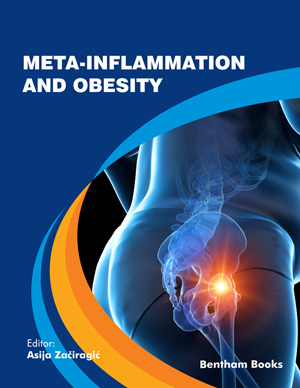Abstract
The pathophysiological consequences of obesity are largely based on morphofunctional changes in visceral adipose tissue. By disrupting all phases of adipogenesis, visceral obesity causes adipocyte dysfunction with changes in the adipokine secretion pattern and the onset of local low-grade chronic inflammation or meta-inflammation. Anatomical position of visceral adipose tissue allows direct drainage of proinflammatory and prothrombotic adipocytokines into the portal bloodstream and liver, which play a key role in the pathogenesis of insulin resistance, metabolic and cardiovascular disorders, forming a complex cardiometabolic syndrome. The emergence of insulin resistance followed by atherogenic dyslipidemia results in an increase in extracellular concentrations of free fatty acids and the expansion of ectopic fat depots primarily in the liver, pancreas, heart, kidneys, skeletal muscles and bones. Large insulin-resistant fat cells of ectopic fat depots contribute to the development of insulin resistance and low-grade systemic inflammation by endocrine, paracrine, and autocrine secretion of proinflammatory molecules such as: interleukin- (IL) - 6, tumor necrosis factor-alpha (TNF-α), IL-8, IL-1, and others, causing a complex clinical disorder which yields a number of interrelated risk factors and long-term cardiometabolic disease risk increase.
Keywords: Adipose tissue, Cardiometabolic syndrome, Ectopic fat depots, Insulin resistance, Meta-inflammation, Obesity.






















